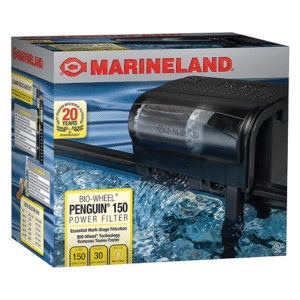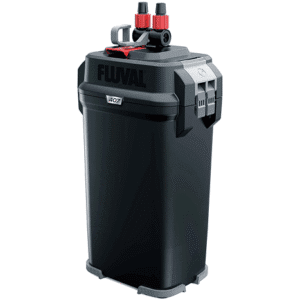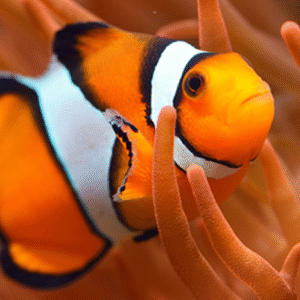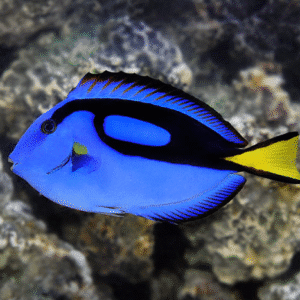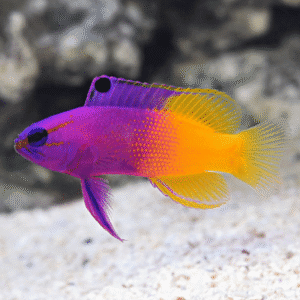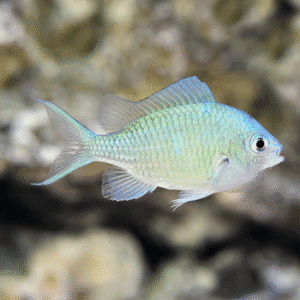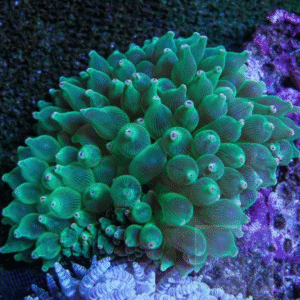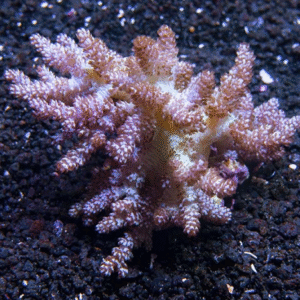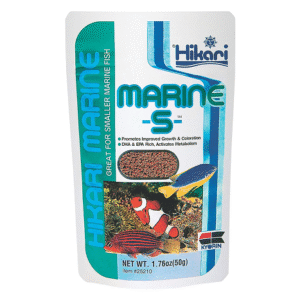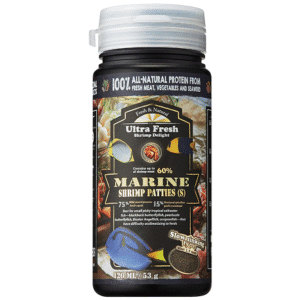#2 Clownfish: Setting Up Your First Marine Aquarium
Clownfish are one of the most iconic marine species, offering beauty, personality, and resilience that make them ideal for beginners. In this first part, we’ll cover everything from choosing your clownfish and tank setup to water parameters, filtration, and habitat design.
Few marine species capture the imagination of aquarists like clownfish. Their vibrant orange coloration with distinct white stripes, playful personalities, and fascinating behaviors make them a favorite for both beginners and advanced hobbyists. They are hardy, adaptable, and relatively easy to care for, yet they provide insight into the intricate symbiotic relationships found in coral reef ecosystems, particularly with sea anemones. For beginners venturing into saltwater aquariums, clownfish are a perfect first step, offering both aesthetic appeal and a learning opportunity to understand marine aquarium care.
Creating a thriving clownfish aquarium is more than just placing fish in water. It involves carefully selecting tank size, substrate, decorations, and filtration while maintaining precise water parameters. Integrating high-quality products can simplify this process and ensure a safe environment for your fish.
Choosing Your Clownfish
Among the most beginner-friendly options is the Ocellaris Clownfish (False Percula Clownfish), available at AquariumPoint here. Ocellaris are hardy, small, and relatively easy to care for, making them ideal for tanks starting at 20 gallons for a pair. Their natural behaviors, such as forming bonds with anemones, establishing territories, and displaying curious, playful interactions, make them rewarding to observe. When selecting clownfish, it’s important to consider pairing them for social behavior. Typically, a male and female pair thrive best, while keeping multiple pairs requires ample tank space and hiding spots to reduce territorial conflicts. Clownfish are generally peaceful but become protective around their chosen territories, especially when an anemone is present.
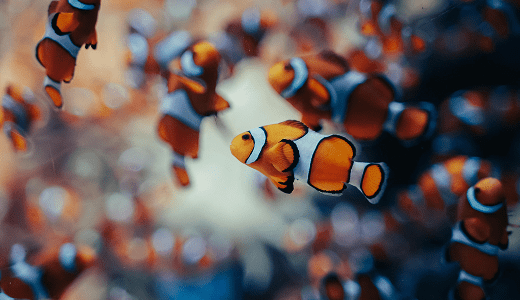

Tank Size and Setup
The size of your aquarium is crucial for clownfish well-being. Beginners can start with a 20–30 gallon tank for a single pair, but a larger tank (55 gallons or more) offers stability and the opportunity to include additional species, live anemones, and decorations. Larger volumes also reduce fluctuations in water parameters, making it easier to maintain a healthy environment.
Substrate choices impact both the aesthetic and functional aspects of the tank. A soft, natural substrate like Aqua Natural Sugar White Sand (link) mimics the natural reef environment and provides a base for beneficial bacteria, which are crucial for biological filtration. Sand also allows clownfish to exhibit natural behaviors, such as burrowing or hovering near the substrate.
Decorations play a dual role: they enhance the visual appeal of the tank and provide structure for fish territories. Adding rocks, caves, or driftwood, along with fun items like the Groot Air Bubbler Set (link), helps create hiding spots and enriches the environment while promoting water aeration.
For those seeking a more authentic marine experience, including a Green Bubble Tip Anemone (Entacmaea quadricolor) (link) can replicate the natural symbiotic relationship seen in the wild. Clownfish often establish a home within anemone tentacles, which provides security and adds to the visual authenticity of the tank. Careful attention to lighting and water parameters is necessary to keep the anemone healthy, but the visual and behavioral payoff is significant.
Water Parameters and Testing
Maintaining stable water parameters is a cornerstone of marine aquarium care. Clownfish can tolerate a moderate range, but extremes or fluctuations can cause stress or illness. Key parameters include:
-
Temperature: 74–79°F (23–26°C)
-
Salinity: 1.020–1.026 specific gravity
-
pH: 8.0–8.4
-
Ammonia/Nitrite: 0 ppm
-
Nitrate: Below 20 ppm
High-quality products simplify maintaining these parameters. Instant Ocean Sea Salt (link) provides balanced salts essential for marine life, while tools like the Salinity Refractometer (link) allow precise monitoring of salinity. For daily water testing, the API Freshwater Master Test Kit (link) can help measure ammonia, nitrite, nitrate, and pH, ensuring early detection of any water chemistry issues.
Proper monitoring and frequent testing, combined with quality salt mixes, provide a stable and healthy environment where clownfish can thrive. Even small variations in water quality can be harmful, so consistent testing is essential for long-term success.
Filtration and Circulation
A reliable filtration system is crucial for clownfish aquariums. Filtration ensures mechanical removal of waste, biological filtration through beneficial bacteria, and adequate circulation of oxygen-rich water. For beginners, a hang-on-back filter or small canister filter is sufficient, but larger tanks benefit from additional aeration, protein skimmers, or live rock for enhanced biological filtration.
Decorative items like the Groot Air Bubbler Set not only enrich the visual appeal but also provide gentle water movement and increased oxygenation, which improves overall tank health. Proper circulation is especially important in tanks housing anemones or multiple fish species, as stagnant areas can lead to algae growth or poor water quality.
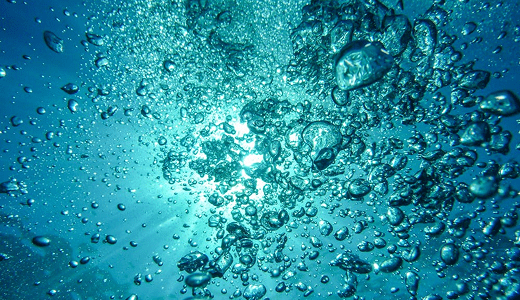
Feeding and Nutrition
Clownfish are omnivorous and require a varied diet to maintain vibrant coloration, optimal health, and active behavior. While high-quality commercial pellets like Hikari Marine S Pellets (link) provide essential nutrients, supplementing with frozen foods such as mysis shrimp, brine shrimp, and finely chopped seafood enriches protein intake and promotes natural feeding behaviors. Occasional algae flakes or spirulina supplements offer additional nutrients and help maintain digestive health.
Feeding should occur 2–3 times per day, offering only as much food as the fish can consume in a few minutes. Overfeeding can pollute the water, leading to spikes in ammonia and nitrites, which are harmful to marine life. For aquarists who travel or may be away from home, an automatic feeder like the Petbank Automatic Fish Feeder (link) ensures consistent feeding without stress, keeping your clownfish healthy and maintaining water quality.
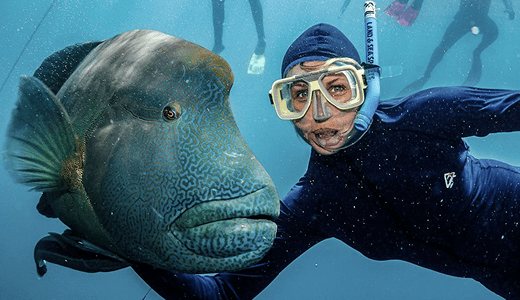
Compatible Tank Mates
While clownfish are generally peaceful, they can become territorial, especially around their anemone or established hiding spots. Selecting appropriate tank mates is crucial for a harmonious environment. Suitable companions include:
-
Gobies and blennies – peaceful bottom dwellers that rarely provoke conflict.
-
Small wrasses – colorful and active, adding dynamic movement to the tank.
-
Certain damselfish – cautious selection is key to prevent aggression.
Avoid large, aggressive, or predatory species that may intimidate or harm clownfish. Providing ample hiding spaces, caves, and structures ensures that both clownfish and their companions can establish territories without stress. Decorative elements like rocks, driftwood, and the Groot Air Bubbler Set can enhance both visual appeal and functional habitat complexity.
Daily Observation and Maintenance
Observing your clownfish daily is critical for early detection of stress, disease, or water quality issues. Healthy clownfish are active, display vibrant colors, and interact with their environment. Any sudden changes in behavior, coloration, or appetite may indicate a water chemistry problem or illness.
Regular maintenance includes:
-
Water Changes: Performing 10–20% water changes weekly helps maintain stable salinity, reduces nitrate buildup, and refreshes trace elements essential for both fish and invertebrates.
-
Filter and Equipment Cleaning: Ensure your filtration system is free of debris and functioning efficiently. Clean protein skimmers, pumps, and bubblers regularly to maintain optimal performance.
-
Water Testing: Using products like the API Master Test Kit and a salinity refractometer ensures parameters remain within safe ranges. Daily or weekly monitoring is recommended, especially during the first few months of tank establishment.
-
Temperature Monitoring: Clownfish thrive in stable conditions, and a digital thermometer like the Paizoo Digital Aquarium Thermometer (link) allows precise monitoring of tank temperature, preventing stress or disease caused by fluctuations.
Common Mistakes to Avoid
Beginners often make predictable errors that can be avoided with knowledge and careful planning:
Overstocking: Clownfish are resilient, but too many fish in a small tank leads to stress and water quality problems.
Neglecting water quality: Inconsistent salinity, temperature, or high nitrate/ammonia levels can quickly harm fish.
Improper feeding: Overfeeding or feeding low-quality food reduces water quality and fish health.
Ignoring equipment needs: Filters, bubblers, and thermometers are essential for long-term stability.
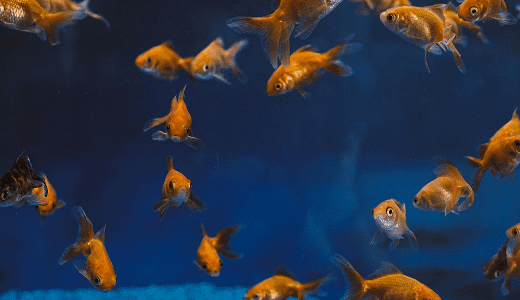
Conclusion
Clownfish offer a unique combination of beauty, personality, and resilience, making them perfect for beginners entering the marine aquarium hobby. With careful tank setup, proper feeding, compatible tank mates, and regular maintenance, beginners can enjoy a vibrant and interactive tank.
Using high-quality products from AquariumPoint, such as Ocellaris Clownfish, Green Bubble Tip Anemones, marine pellets, automatic feeders, sea salt, substrates, and testing tools, ensures that your clownfish remain healthy and your aquarium thrives. From monitoring temperature to maintaining water chemistry, the right tools make marine aquarium care manageable and enjoyable.
With attention, patience, and proper equipment, your clownfish aquarium can become a stunning centerpiece and a source of continuous fascination, offering an accessible and rewarding introduction to the complex world of marine aquariums.
Related Products You May Like
-

Marineland Penguin Bio-Wheel Power Filter (HOB) – for 10 to 50 Gallon Tanks
-

Aqueon QuietFlow Internal Filter with SmartClean™ Technology – Multiple Sizes (Extra Small, Small, Small Shrimp, Medium)
-

Fluval 407 Performance Canister Filter – for Aquariums up to 100 Gallons
-

Ocellaris Clownfish (False Percula Clownfish)
$18.00 -

Blue Hippo Tang (Palette Surgeonfish)
$123.49 -

Scopas Tang (Zebrasoma scopas)
$40.99 -

Royal Gramma (Gramma loreto)
$35.00 -

Green Chromis (Chromis viridis)
$13.00 -

Green Bubble Tip Anemone (Entacmaea quadricolor)
$55.00 -

Long Tentacle Anemone (Macrodactyla doreensis)
$58.49 -

Kenya Tree Coral (Capnella sp.)
$35.99 -

Devil’s Hand Coral (Lobophytum sp.)
$36.00 -

Hikari Marine-S Pellets – Food for Small Marine Fish
$8.30 -

Ultra Fresh Marine Shrimp Patties – Natural Enhancement Food for Small Saltwater Fish
$9.00

